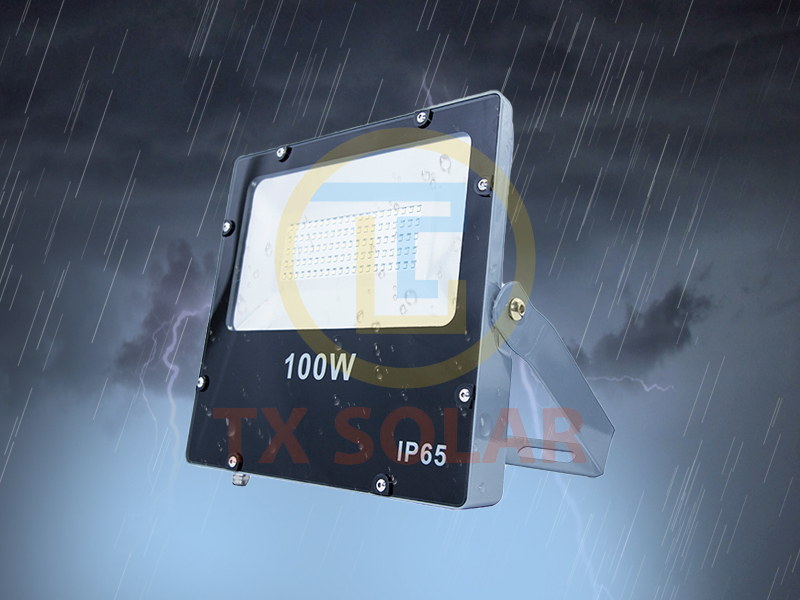When it comes to floodlight housings, one of the important considerations is their IP rating. The IP rating of the floodlight housing determines its level of protection against various environmental factors. In this article, we will explore the importance of IP rating in floodlight housings, its different levels, and how it affects the overall performance and durability of the lighting fixture.
What is IP Rating?
IP, or Ingress Protection, is a standard developed by the International Electrotechnical Commission (IEC) to classify the degree of protection provided by electrical enclosures, such as floodlight enclosures, against solid objects and liquids. The IP rating consists of two digits, each number represents a different level of protection.
The first digit of the IP rating indicates the level of protection against solid objects such as dust and debris. The range is from 0 to 6, with 0 indicating no protection and 6 indicating a dustproof enclosure. Floodlight housings with high first-digit IP ratings ensure that dust particles cannot enter and potentially damage the lighting fixture’s internal components. This is especially important in outdoor environments where dust and debris are common.
The second digit of the IP rating indicates the degree of protection against ingress of liquids, such as water. The range is from 0 to 9, where 0 means no protection and 9 means protection against powerful water jets. The floodlight housing has a high second digit IP rating which ensures that water cannot penetrate and cause any electrical hazards. This is critical for outdoor applications where lighting fixtures are exposed to rain, snow, or other severe weather conditions.
It is important to know the IP rating of the floodlight housing as it is directly related to the reliability and service life of the lighting fixture. For example, a floodlight housing with a lower IP rating may allow dust particles to enter, causing dust to accumulate on internal components. This affects the heat dissipation of the fixture and ultimately results in a shortened service life. Likewise, a floodlight housing with a lower IP rating may not be able to withstand exposure to water, making it susceptible to corrosion and electrical failure.
Different IP levels are suitable for different applications. For example, floodlight housings with an IP rating of IP65 are typically used in outdoor environments where lighting fixtures are exposed to rain and dust. This rating ensures that the housing is completely dust-tight and can withstand low-pressure water jets. On the other hand, floodlight housings with an IP rating of IP67 are suitable for more demanding environments where lighting fixtures may be immersed in water for short periods of time.
The IP rating of the floodlight housing also affects the cost of the lighting fixture. Generally speaking, higher IP ratings require stronger materials and additional manufacturing processes to achieve the required level of protection. This results in a higher cost for the floodlight housing. However, investing in floodlight housings with higher IP ratings can provide long-term savings by ensuring the durability and reliability of your lighting fixtures.
In summary
IP rating of a floodlight housing plays a vital role in determining its level of protection against solid objects and liquids. It is important to select a floodlight housing with an appropriate IP rating for the intended application to ensure its performance and durability. Understanding the different levels of IP ratings and their importance will allow users to make an informed decision when selecting a floodlight housing to meet their lighting needs. With the correct IP rating, floodlight housings can withstand the harshest environmental conditions and provide reliable lighting over the long term.
If you are interested in floodlights, welcome to contact TIANXIANG to get a quote.
Post time: Nov-30-2023

